Maarten Baas believes that the operate on the core of his art work is the place the magic begins. Famed for his ingenious furnishings, the Dutch artist-designer has a deep understanding of design rules, nevertheless it’s his whimsical strategy that has made him so influential. “Perform is my start line,” he explains; “it offers reference and it offers some boundaries and context to what I’m doing.”
Baas’ exhibition Play Time on the Carpenters Workshop Gallery, LA, by no means strays removed from his concern with operate, bringing collectively items from Baas’ Real Time and Shut Parity collection, alongside new work.
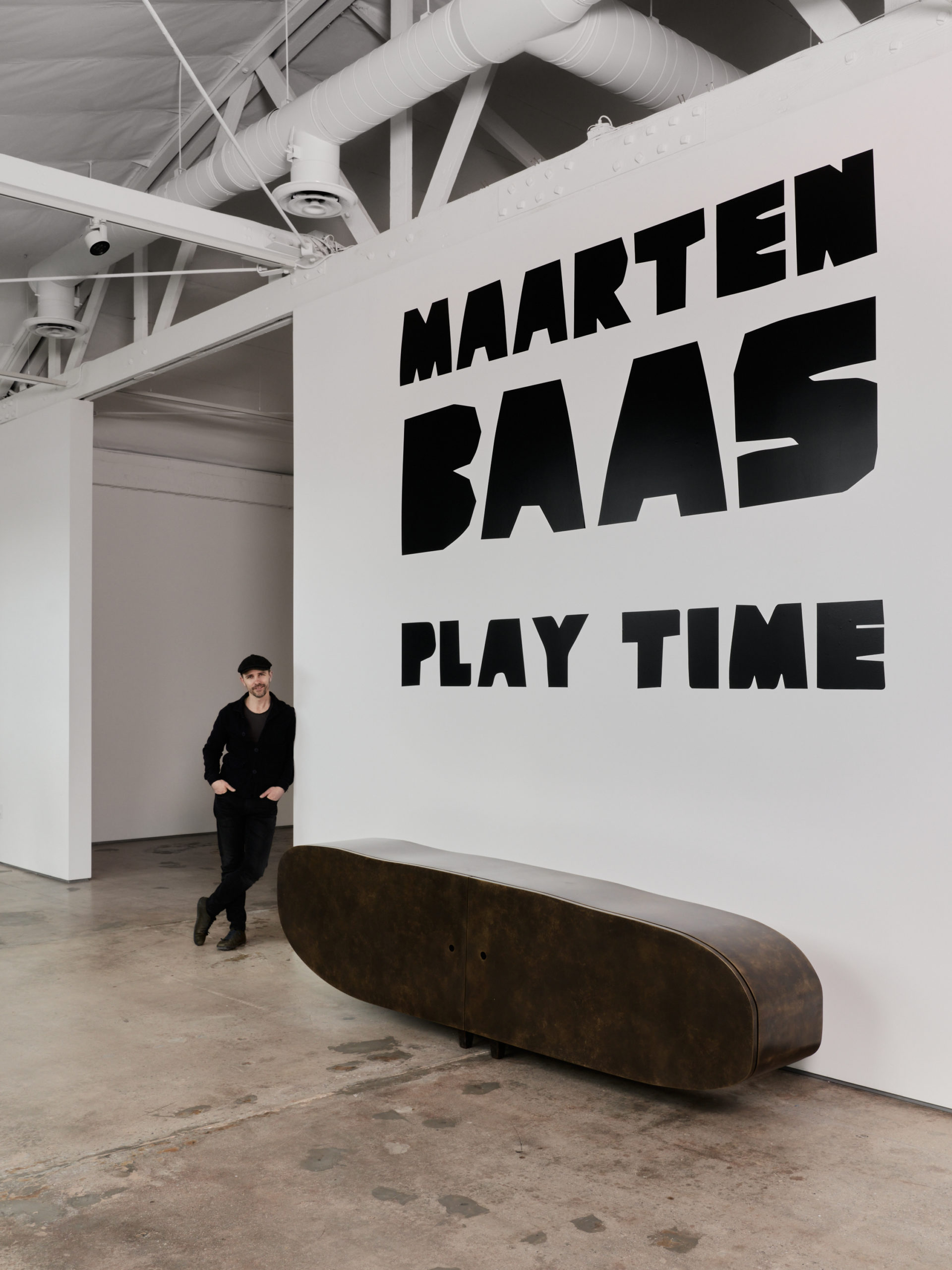
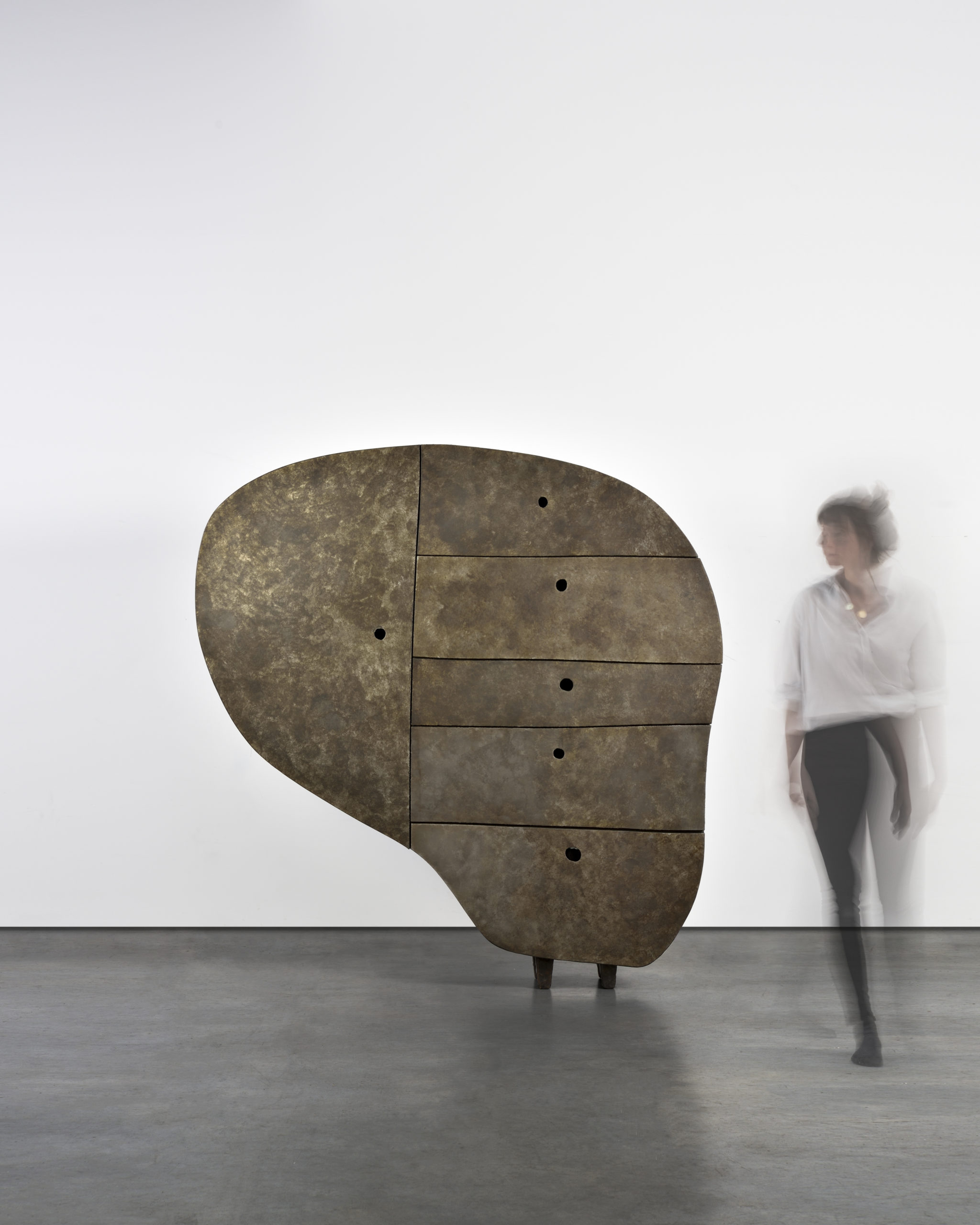
Shut Parity’s bronze cupboards open the exhibition, expressing a “youngsters’s fantasy of how furnishings might look.” They’re a balancing act, each bit pulled askew and teetering on tiny ft, made potential by strategic counterweights and Baas’ personal creativeness. “That’s why the exhibition known as play time,” he tells me, “as a result of it’s all about this stability between childlike power and grownup options and logic.”
This power informs Baas’ Youngsters’s Clock collection, on view for the primary time and displayed in a circle, as if mirroring the numbers on a clock. 18 artworks are introduced from a set of 101, with every clock face that includes a video compilation of youngsters’s drawings, set in vibrant hand-modelled clay. It’s the conceptual dimension of this collection that elevates the objects past their tactile attraction and useful timekeeping. Baas labored with 720 youngsters, one for every minute of every clock, collaborating with budding artists of various ages and nationalities to convey his imaginative and prescient to life. “Who higher than a baby to attract?” Baas asks, in a departure that sees him working with youngsters “for the primary time, really.” He delights within the vary of personalities current in his collection; “some are very assertive, they usually’ll simply, you understand, seize the thickest paint or the thickest pencil, and do one thing huge! Others are far more shy.”
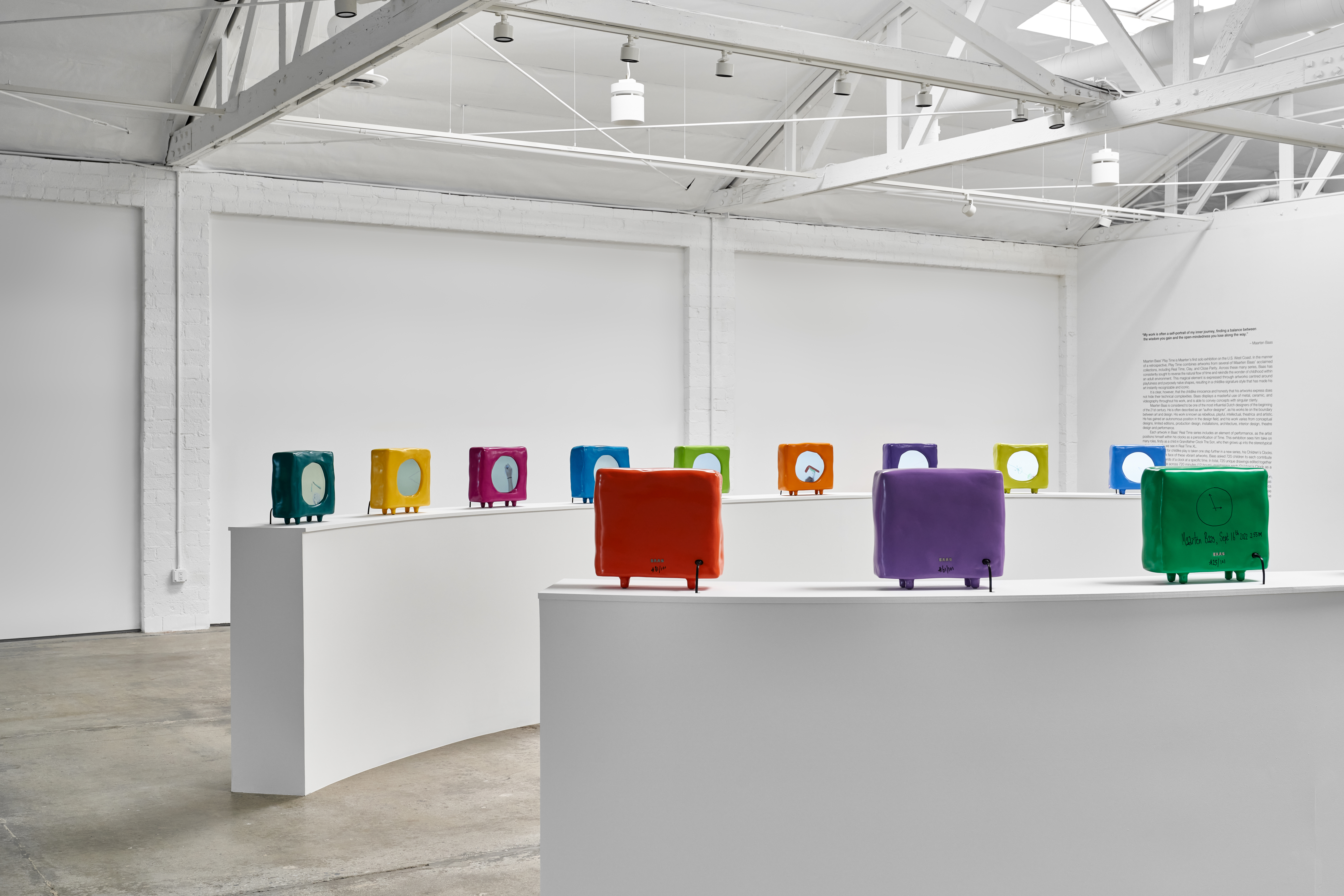
Time is the topic of a lot of Baas’ work, as he explores concepts of how we create and monitor its momentum – particularly by way of labour. “As an artist,” he explains, “you might be all the time pushing time in a method, and also you’re being pushed by time.” In Grandfather Clock – The Son Baas transforms into his baby self to push the arms of time, in a 12-hour efficiency that constitutes the clock face. The outer case is produced from discovered bits of wooden, roughly assembled within the method of a tree home. In case you open the again of the clock – which is smaller than a conventional grandfather clock, to snugly home its small inhabitant – you’ll be able to see Baas laborious at work together with his sisyphean activity.
“It’s a really private and susceptible work,” Baas affords, “taking part in that position, and actually being there bodily.” He likens his Grandfather Clock efficiency to technique appearing, the place performers reside as their characters; “I did that, being a baby and attempting to be in that power.” He laughs. “We’re in Hollywood, all people is an actor right here!”
Play Time strikes a straightforward stability of childlike delight and technical ability, as Baas strives to marry the liberty and spontaneity of childhood with the talents and knowledge of the grownup artist. “I’ve tried to seek out the candy spot,” he says. And between lopsided cupboards, 12-hour performances and knobbly ceramics, he definitely has.

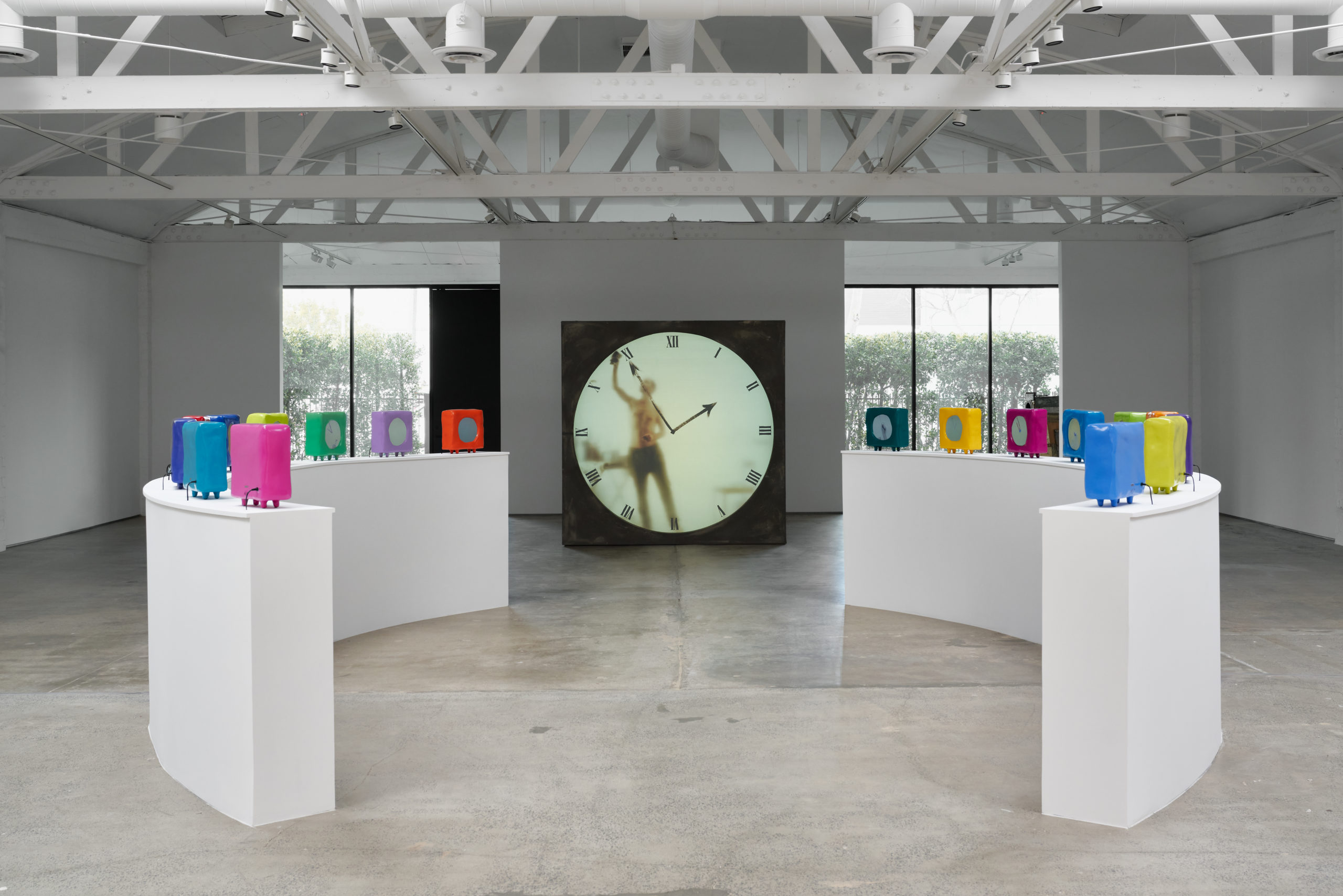
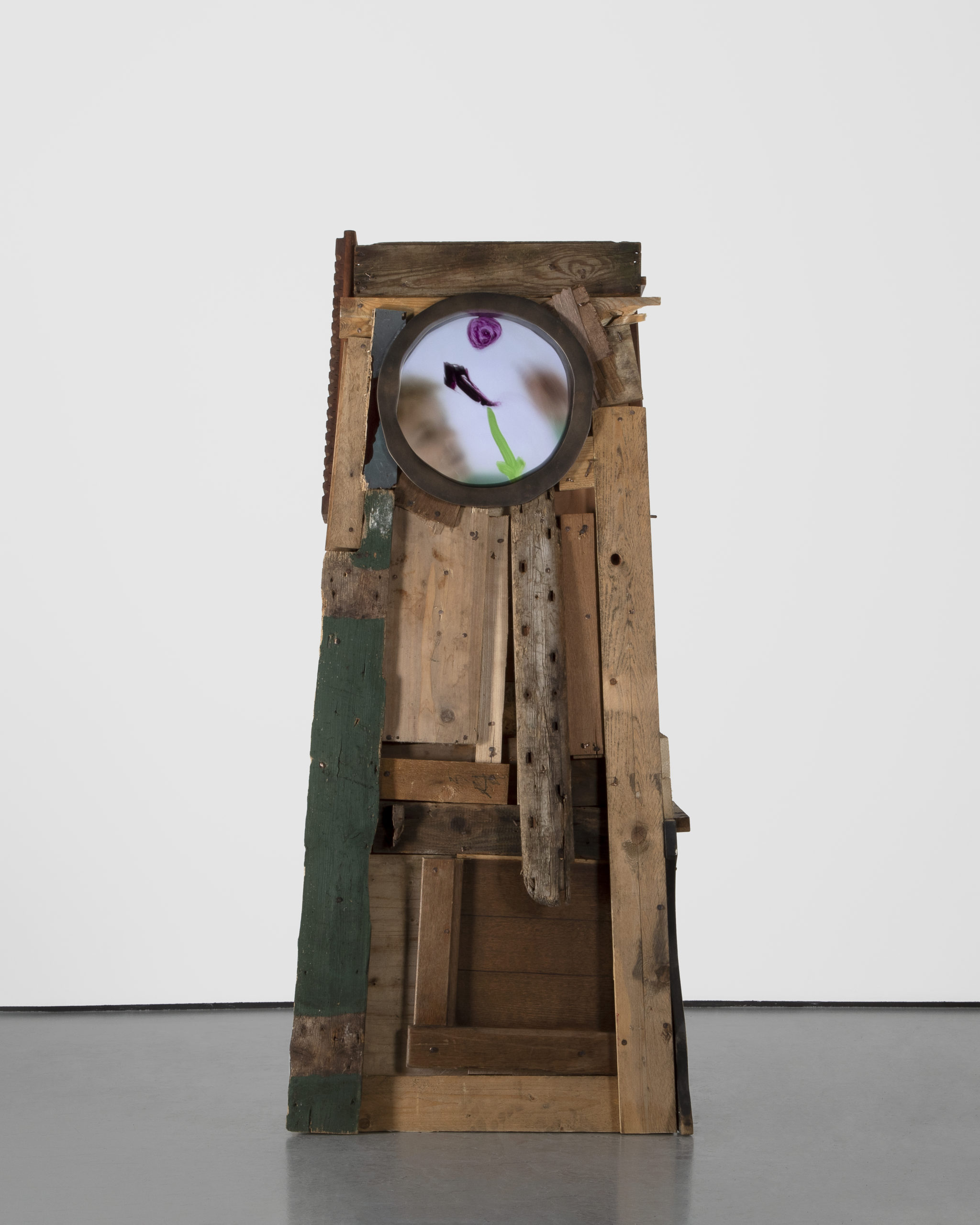
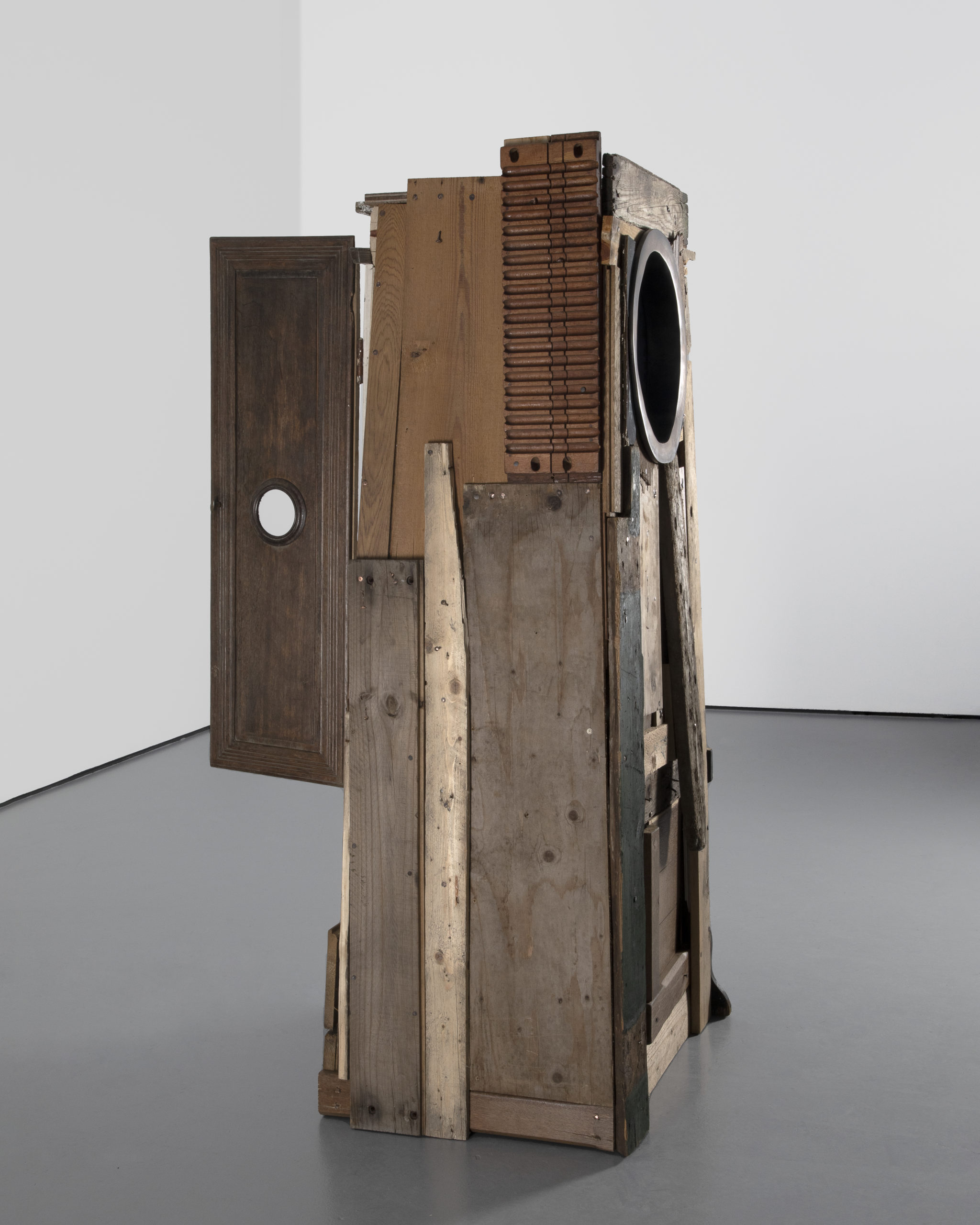
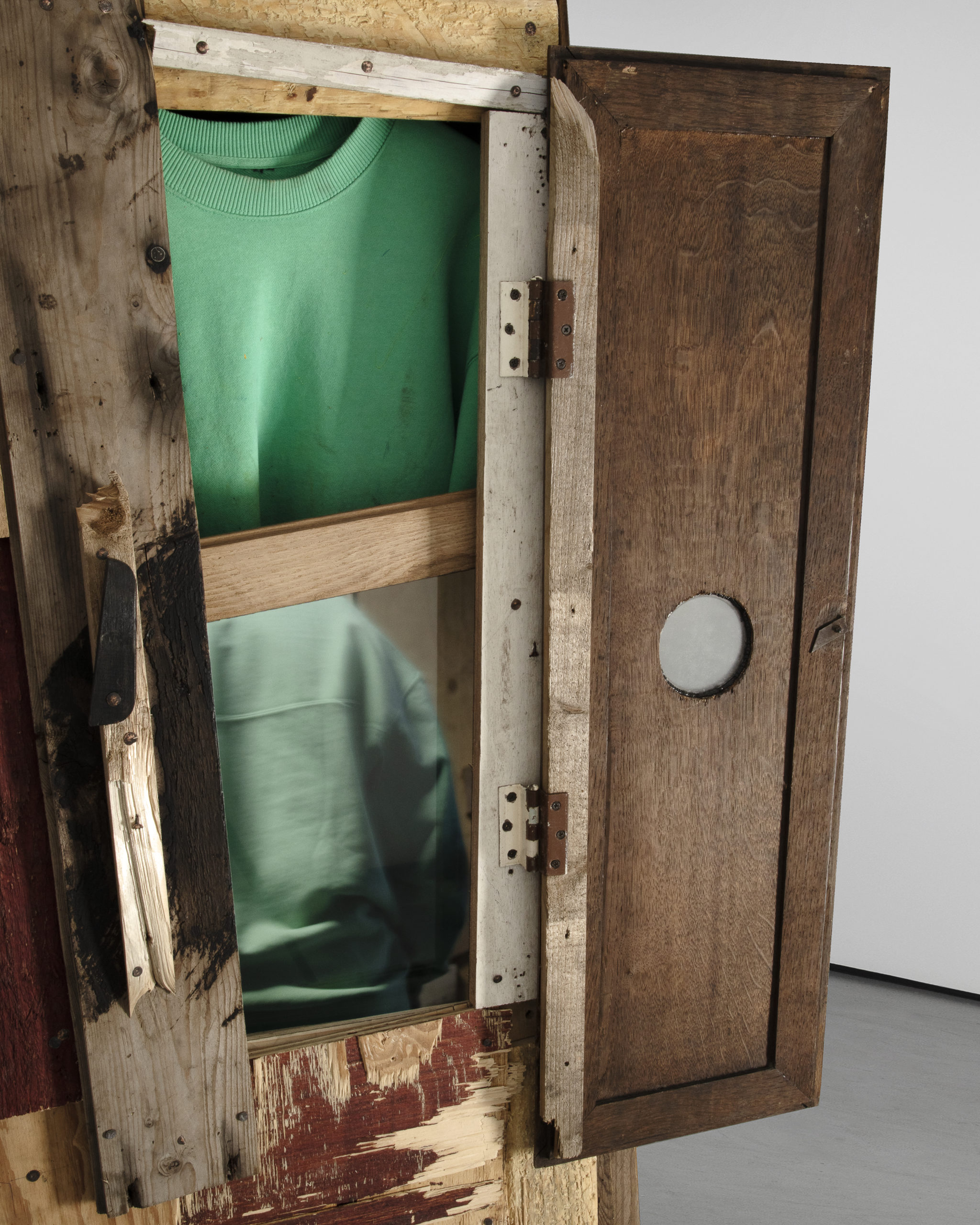
Play Time is on view on the Carpenters Workshop Gallery, LA till twenty sixth Might.
